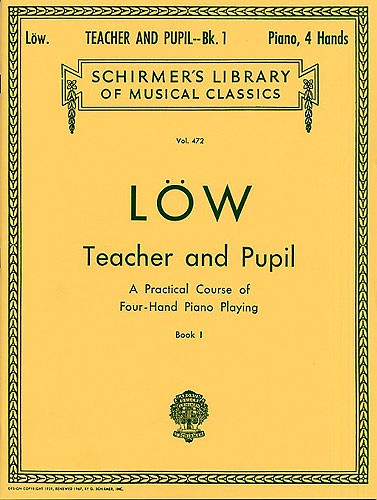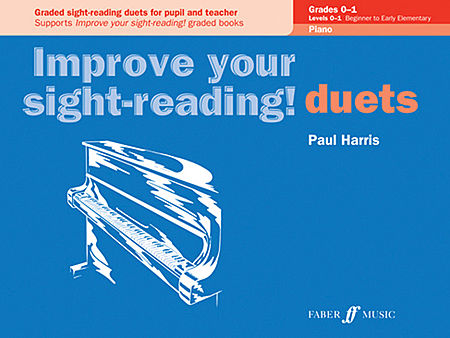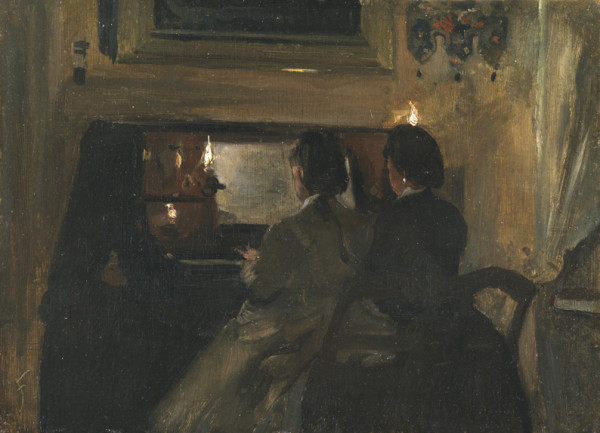Yesterday’s blog post described the benefits of using duets in the lesson for improving sight-reading. Today, I have a few recommendations for books that work well for this purpose.
“Improve Your Sight-Reading! Duets” by Paul Harris
 These books are gold, I tell you! I found these books when they were featured on the “New Items” rack at my local music store a few months ago. I purchased the Grades 0-1 book (Beginner to Early Elementary) and the Grades 2-3 book (Elementary to Late Elementary). I hope additional levels will be released soon! This series is published by Faber Music (not to be confused with Nancy & Randy Faber’s materials).
These books are gold, I tell you! I found these books when they were featured on the “New Items” rack at my local music store a few months ago. I purchased the Grades 0-1 book (Beginner to Early Elementary) and the Grades 2-3 book (Elementary to Late Elementary). I hope additional levels will be released soon! This series is published by Faber Music (not to be confused with Nancy & Randy Faber’s materials).
Take a look at some sample pages below. One page is marked as the teacher’s page and the other page is marked as the pupil’s page. The sight-reading examples are short and sweet. Continue reading “Duet Recommendations for Sight-Reading”




